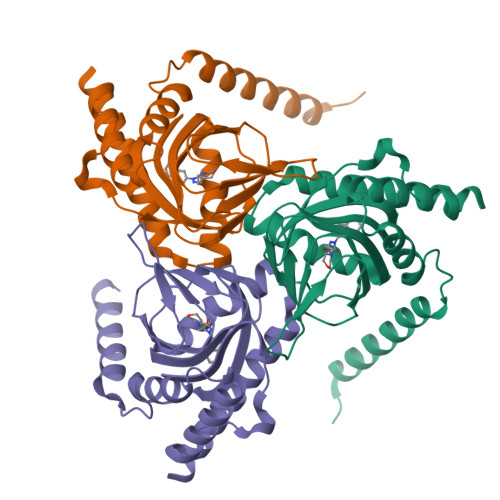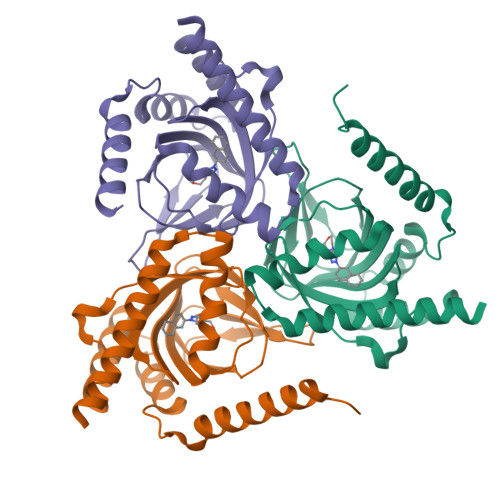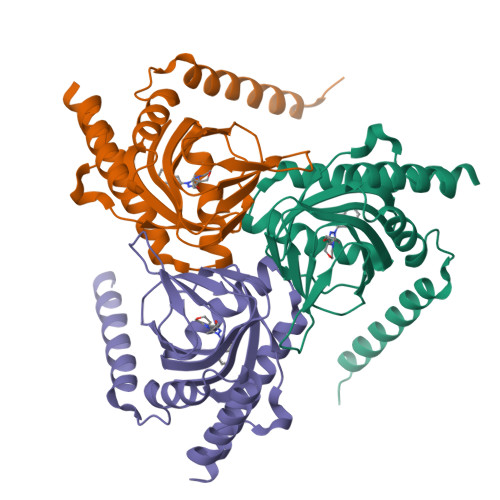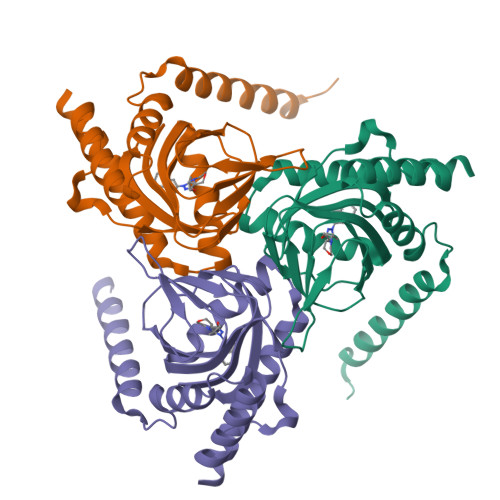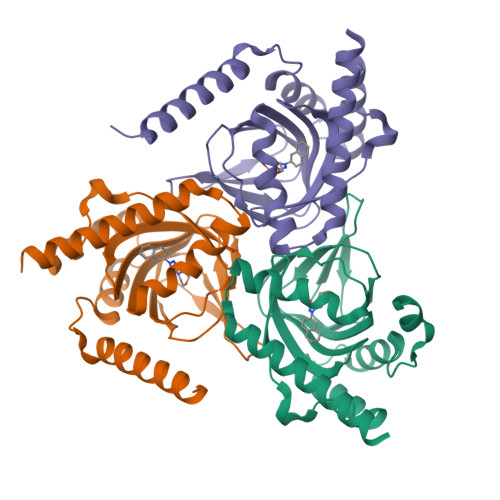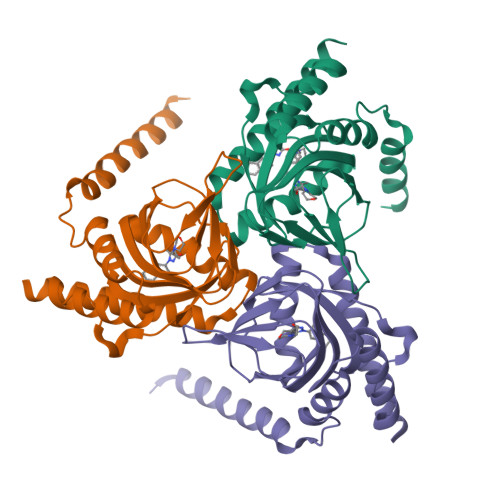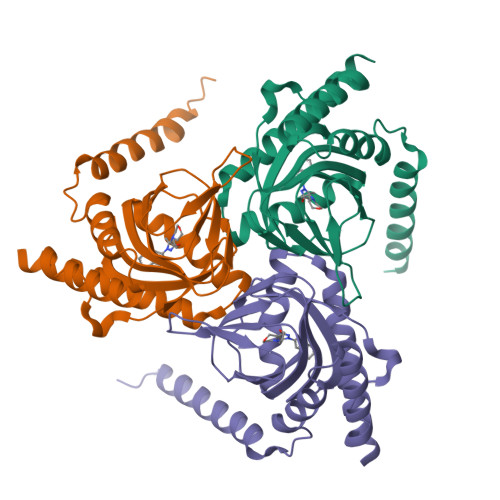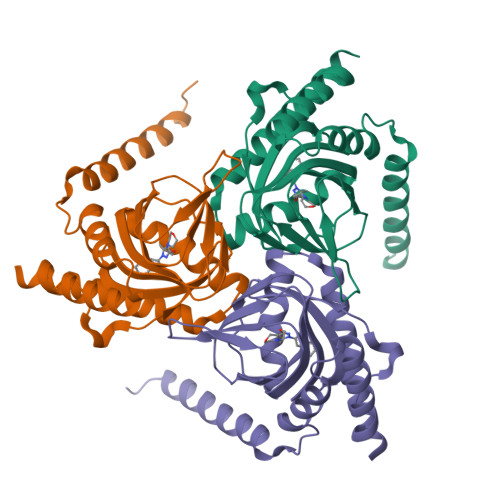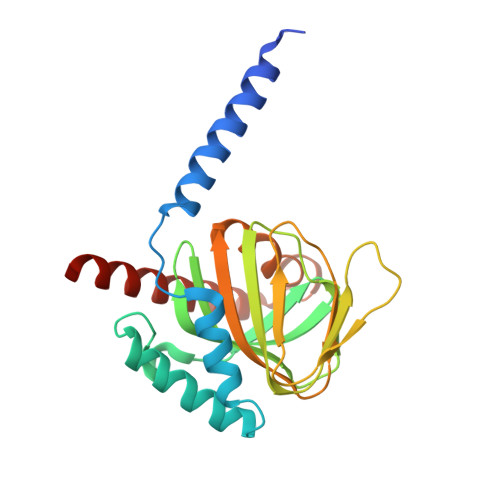An open-like conformation of the sigma-1 receptor reveals its ligand entry pathway.
Meng, F., Xiao, Y., Ji, Y., Sun, Z., Zhou, X.(2022) Nat Commun 13: 1267-1267
- PubMed: 35273182
- DOI: https://doi.org/10.1038/s41467-022-28946-w
- Primary Citation of Related Structures:
7W2B, 7W2C, 7W2D, 7W2E, 7W2F, 7W2G, 7W2H - PubMed Abstract:
The sigma-1 receptor (σ 1 R) is a non-opioid transmembrane receptor which has been implicated in many diseases, including neurodegenerative disorders and cancer. After more than forty years of research, substantial progress has been made in understanding this unique receptor, yet the molecular mechanism of its ligand entry pathway remains uncertain. Published structures of human σ 1 R reveal its homotrimeric organization of a cupin-fold β-barrel body that contains the ligand binding site, a carboxy-terminal V-shaped two-helix bundle, and a single amino-terminal transmembrane helix, while simulation studies have suggested a ligand entry pathway that is generated by conformational rearrangements of the cupin-fold domain. Here, we present multiple crystal structures, including an open-like conformation, of σ 1 R from Xenopus laevis. Together with functional binding analysis our data suggest that access to the σ 1 R ligand binding site is likely achieved by protein conformational changes that involve the carboxy-terminal two-helix bundle, rather than structural changes in the cupin-fold domain.
Organizational Affiliation:
Department of Integrated Traditional Chinese and Western Medicine, Rare Diseases Center, State Key Laboratory of Biotherapy, West China Hospital, Sichuan University, Chengdu, Sichuan, 610041, China.









